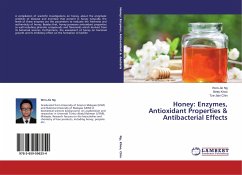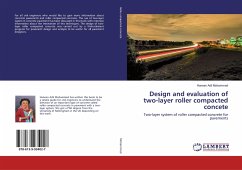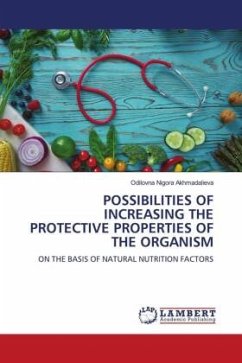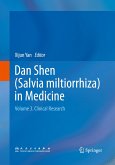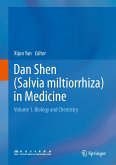What a tiny treasure in Salvia nutlets produces! Topics include pericarp structure of the nutlets, chemical - physicochemical properties of their hydrogels, and thermal stability of the hydrogels. Firstly nutlets of Salvia were grouped into 4 types in relation to the hydrogel productivity. Good co-relationship was observed between hydrogel content and pericarp thickness. Precise chemical analysis of the hydrogels from the nutlets of three species of Salvia, S. miltiorrhiza (SM), S. sclarea (SC) and S. viridis (SV), lead to the key finding that shows presence of composite structure of cellulose and hemicellulosic polysaccharides consisting of neutral galactan or arabinogalactan and acidic (1,4)-linked xylan highly substituted with glucuronic and 4-O-methylglucuronic acids (SC and SV) or glucuronic acid (SM). Co-operations of electrostatic repulsion, cross-linkage through calcium ions and hydrogen bond were important for formation of the hydrogel structure. Importance of water structure and interactions between cellulose and acidic xylan was also evidenced. The summative results will provide utilization of Salvia hydrogels as future innovative biomaterials.
Bitte wählen Sie Ihr Anliegen aus.
Rechnungen
Retourenschein anfordern
Bestellstatus
Storno


